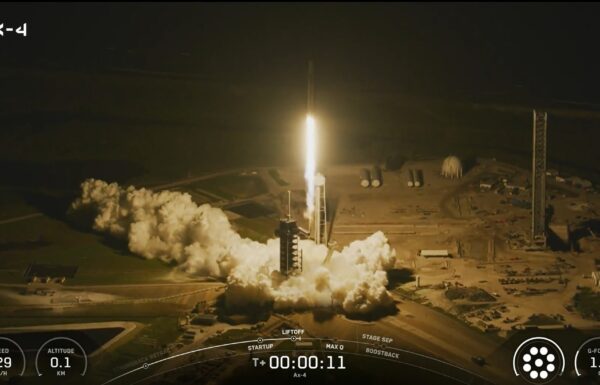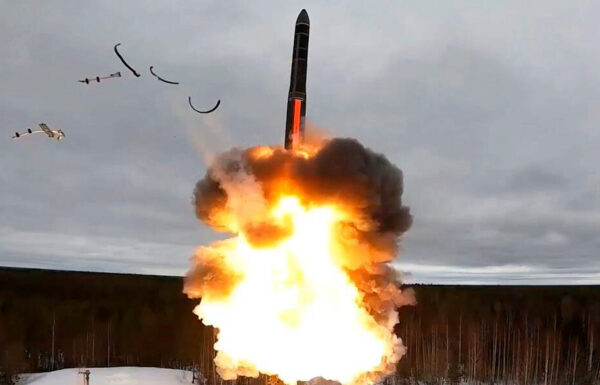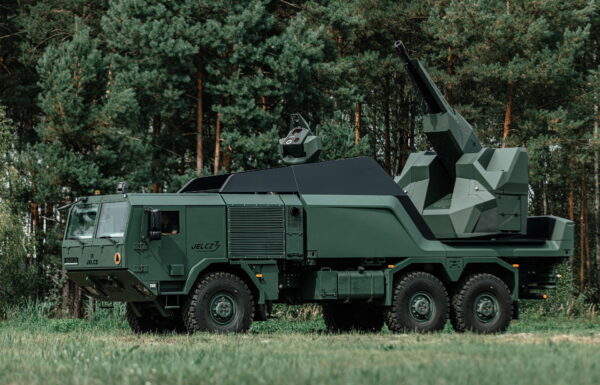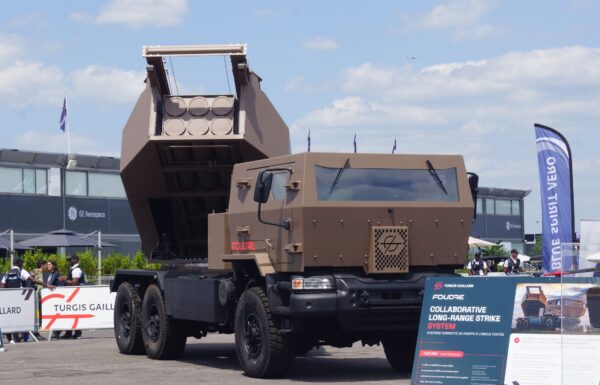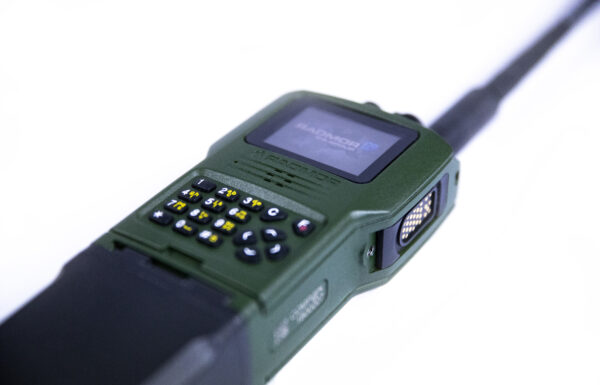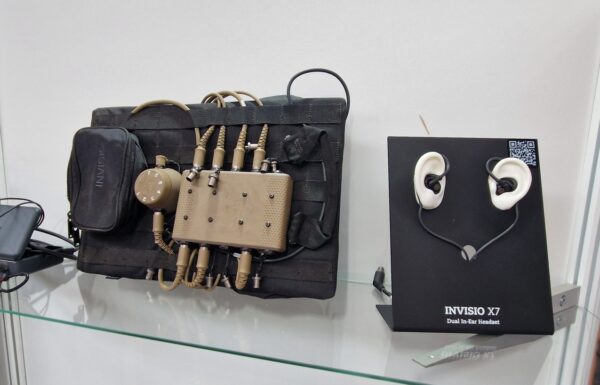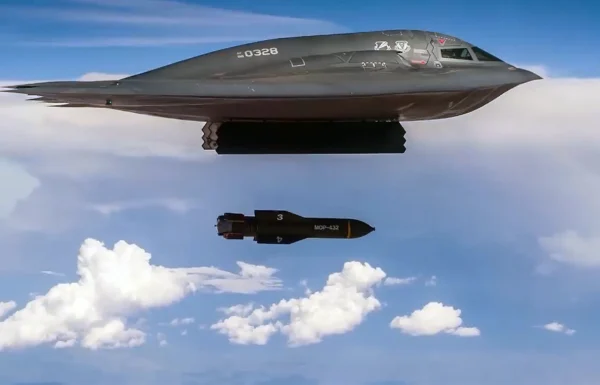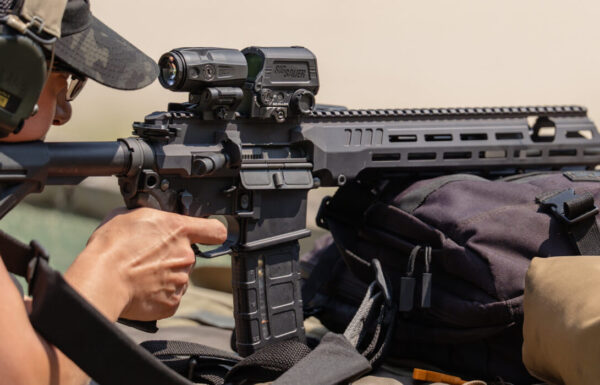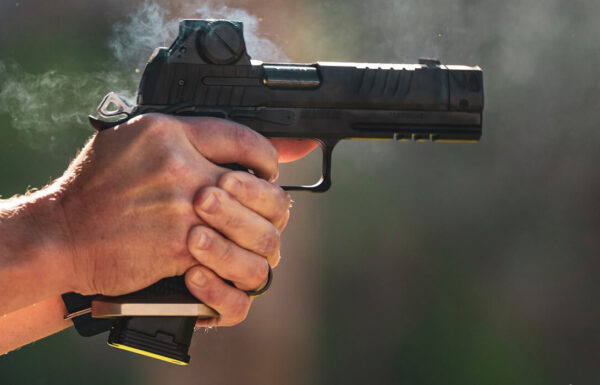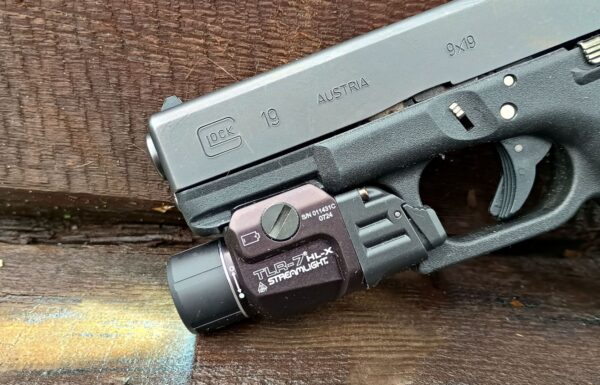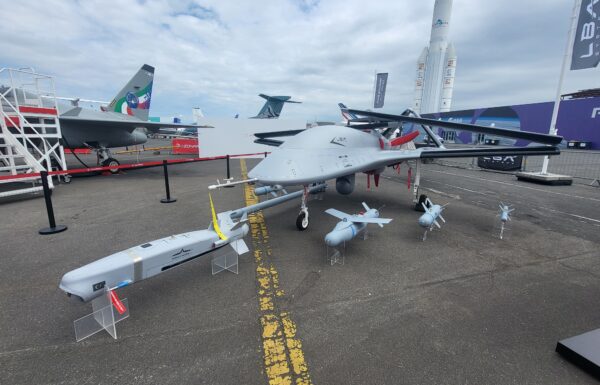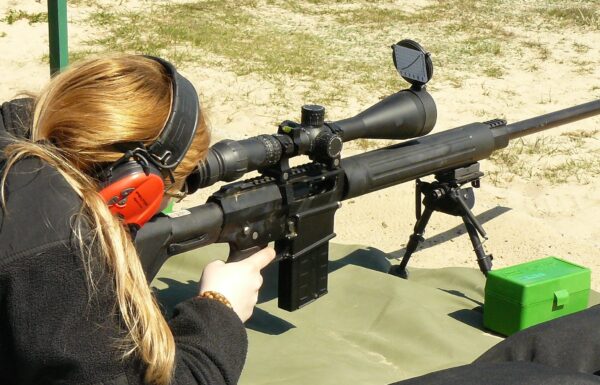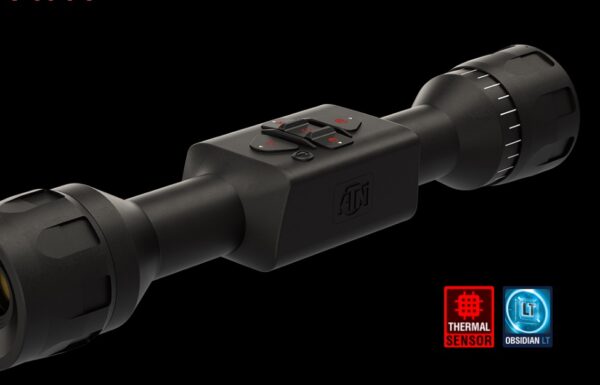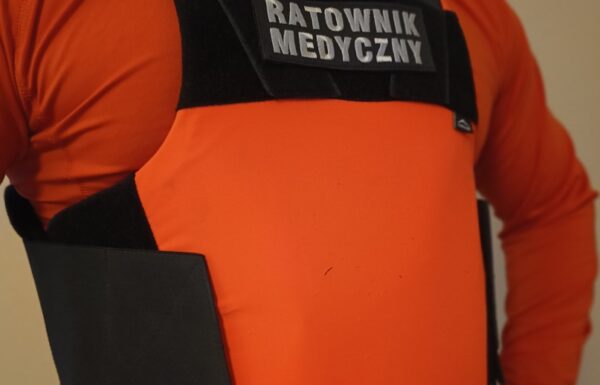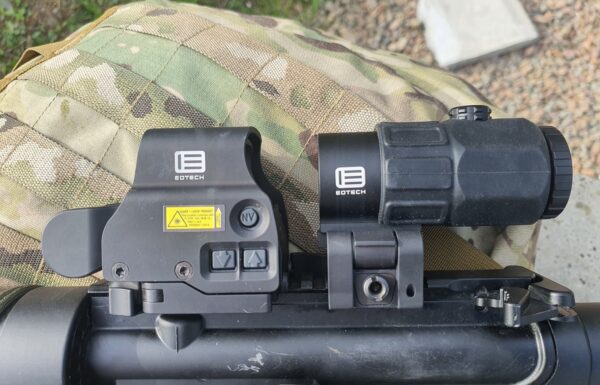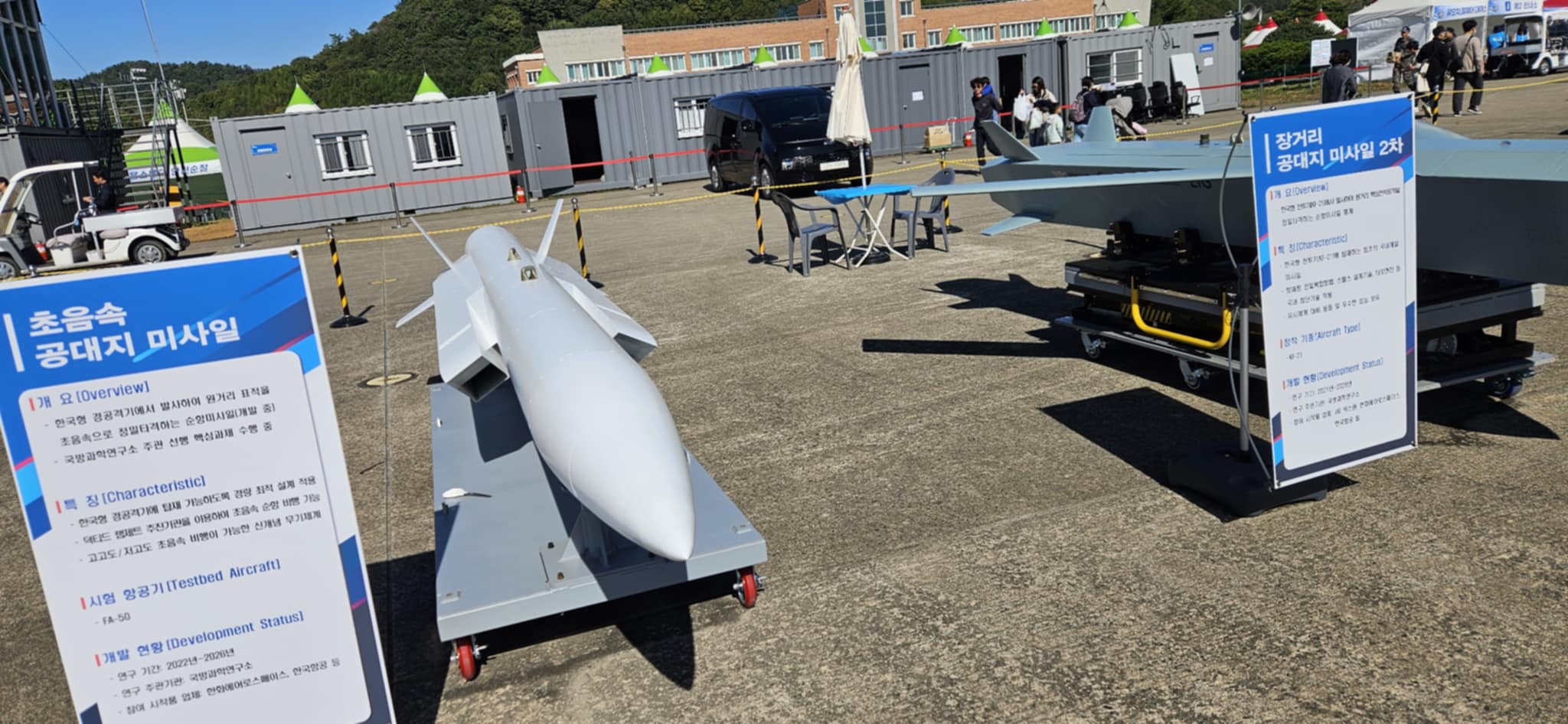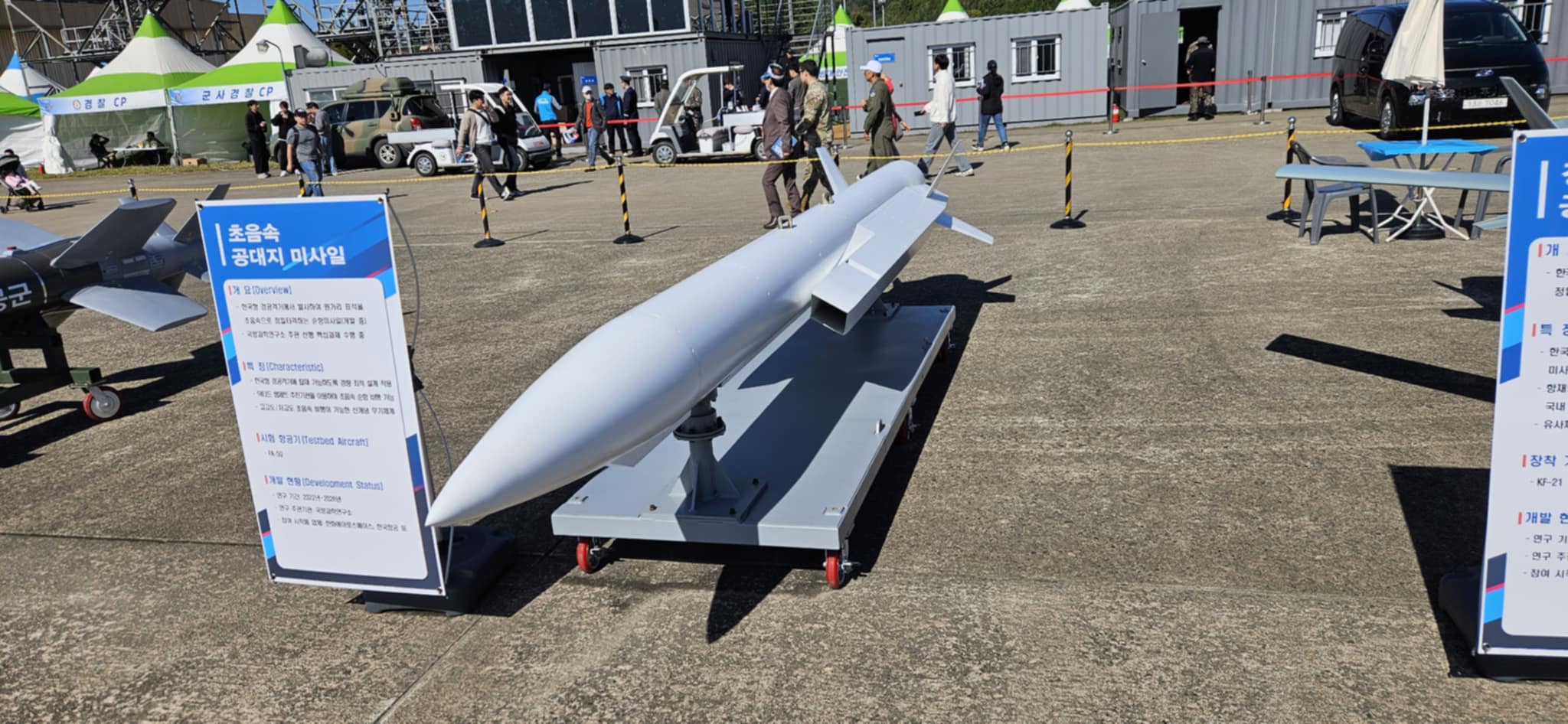At the Sacheon Airshow 2024, scheduled for October 24-27 at Sacheon Airport in South Gyeongsang Province, the South Korean Agency for Defense Development (ADD) showcased a full-scale model of a supersonic air-to-ground missile, designed for the KAI KF-21 Boramae and FA-50 Fighting Eagle Block 20 fighter jets.
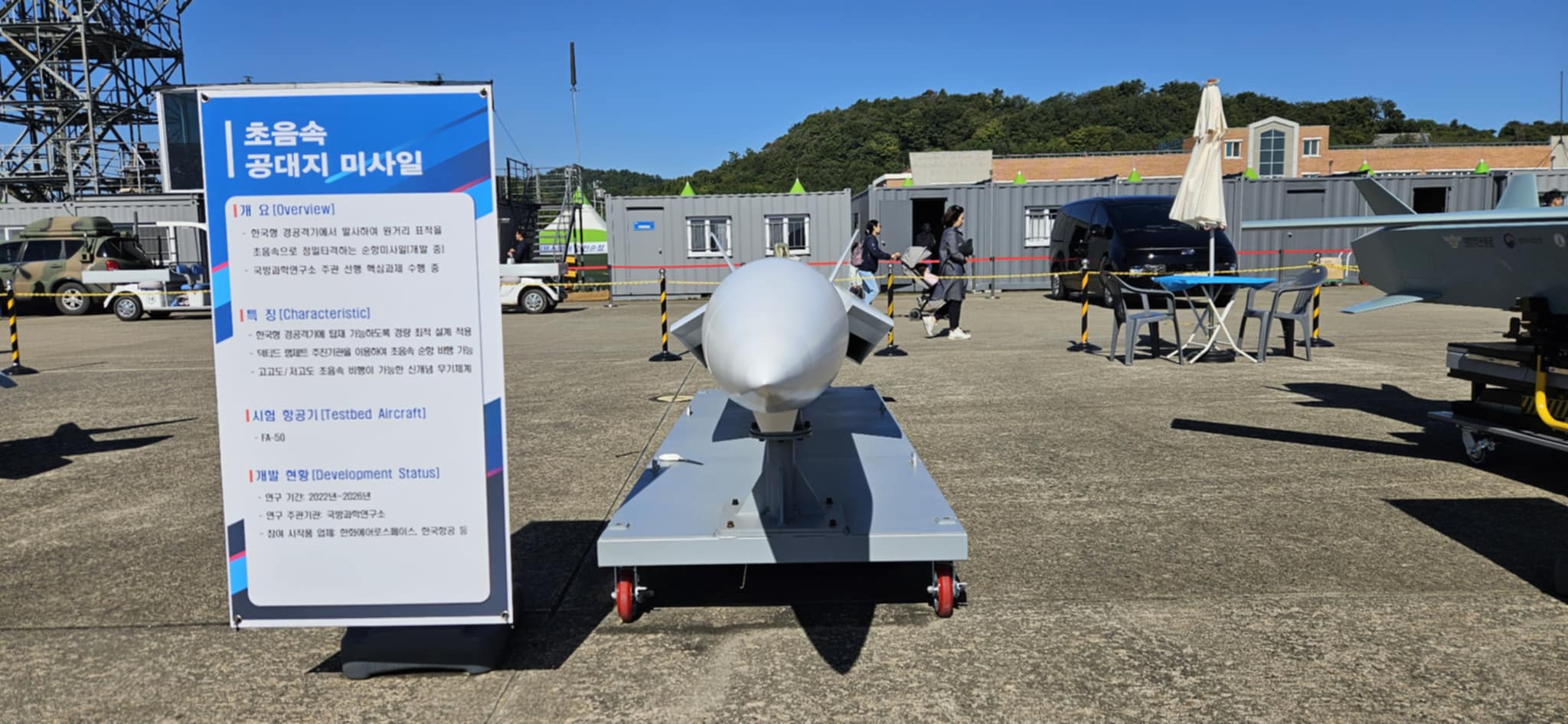 Photos: Jakub Link-Lenczowski, MILMAG
Photos: Jakub Link-Lenczowski, MILMAG
The presented concept envisions the development of an airborne weapon designed to strike key ground targets with high precision from a significant distance. The prototype missile is currently in the development phase.
The Agency for Defense Development (ADD) has been carrying out the program since 2022, with the research and development phase expected to conclude in 2026. Hanwha Aerospace and Korea Aerospace Industries (KAI) have been selected to develop the prototypes. The first flight tests of the prototypes, using the FA-50 light combat aircraft, are scheduled for 2025.
The missile will be powered by a ducted ramjet engine with a subsonic combustion chamber. As explained to the local newspaper Munhwa by an ADD representative:
“The supersonic air-to-ground missile has been designed with a lightweight and optimized fuselage structure, allowing for integration with the Korean light multirole attack aircraft. It represents a new weapon concept capable of sustained supersonic cruise flight using a ramjet engine, enabling supersonic travel at both high and low altitudes. The fuel supply system can be simplified, resulting in a straightforward design and stable flame retention even during high acceleration. Unlike typical rocket engines, it has the advantage of allowing thrust control by adjusting the fuel combustion rate.”
The missile can perform the same roles as the Cheonryong air-launched cruise missile, developed by LIG Nex1 since 2022, and the Taurus KEPD 350K-2, used by the Korean Air Force on F-15K Slam Eagle multirole aircraft. However, these mentioned systems are subsonic (below Mach 1) weapons.
The newly developed system is expected to reach speeds of up to Mach 2.5, meaning that an attack over a 300 km distance would take just 5 minutes, significantly reducing the enemy’s reaction time and making detection and interception more challenging. Additionally, the missile’s fuselage will feature a reduced radar cross section (RCS), improving its stealth characteristics, further increasing its chances of penetrating air defenses.
The new weapon system could enhance the export potential of the FA-50 and KF-21 aircraft, as competing European platforms do not carry conventional air-to-ground missiles capable of supersonic speeds. Only the French Rafale can carry such missiles, specifically the ASMP-A (Air-Sol Moyenne Portée-Amélioré), but these are nuclear-capable.
Another feature of the missile is its modularity, which could eventually allow it to target surface vessels as well. Once integrated with radar and an electro-optical/infrared (EO/IR) seeker, it is expected to operate in all weather conditions, day or night, and withstand enemy electronic warfare (EW) systems. Additionally, with the development of, for example, an auxiliary rocket booster, a variant could be created for launch from ground or naval platforms.
In the future, potential export clients for the missile in its basic air-launched version could include Indonesia (with KF-21 Boramae aircraft), Poland (which has ordered 12 FA-50GF Block 10 and 36 FA-50PL Block 20), Iraq (24 T-50IQ), the Philippines (12 FA-50PH), Malaysia (18 FA-50M Block 20 on order), and potentially Peru, which is negotiating the purchase of the FA-50.


